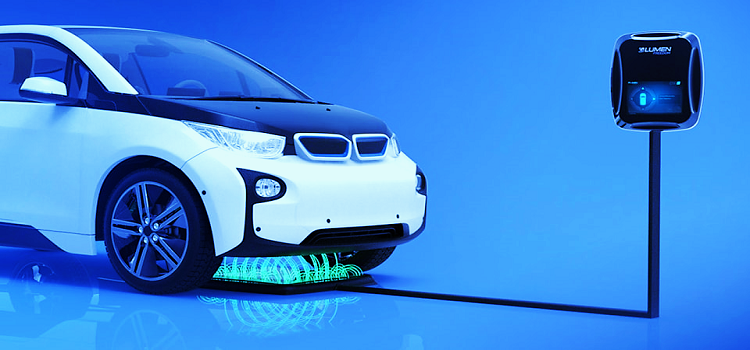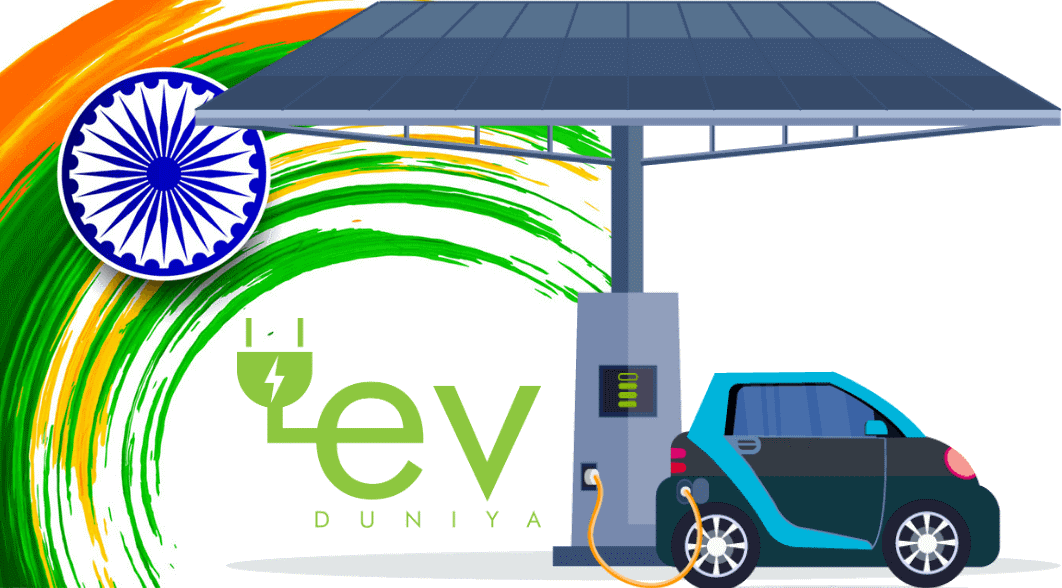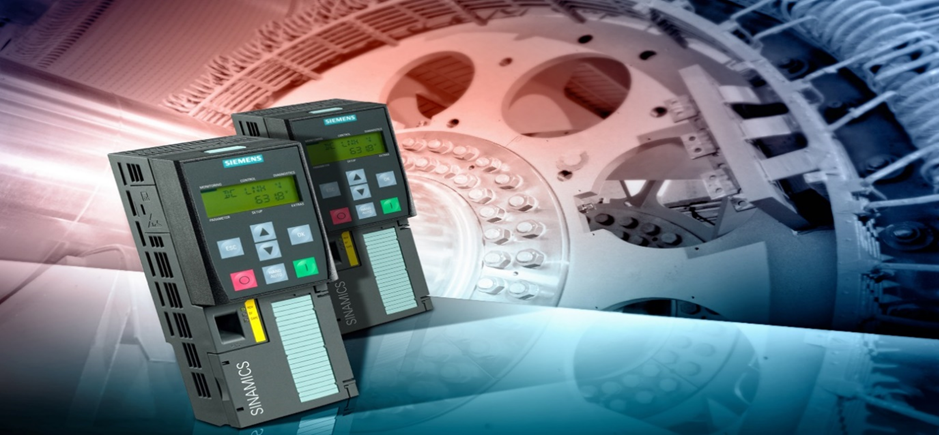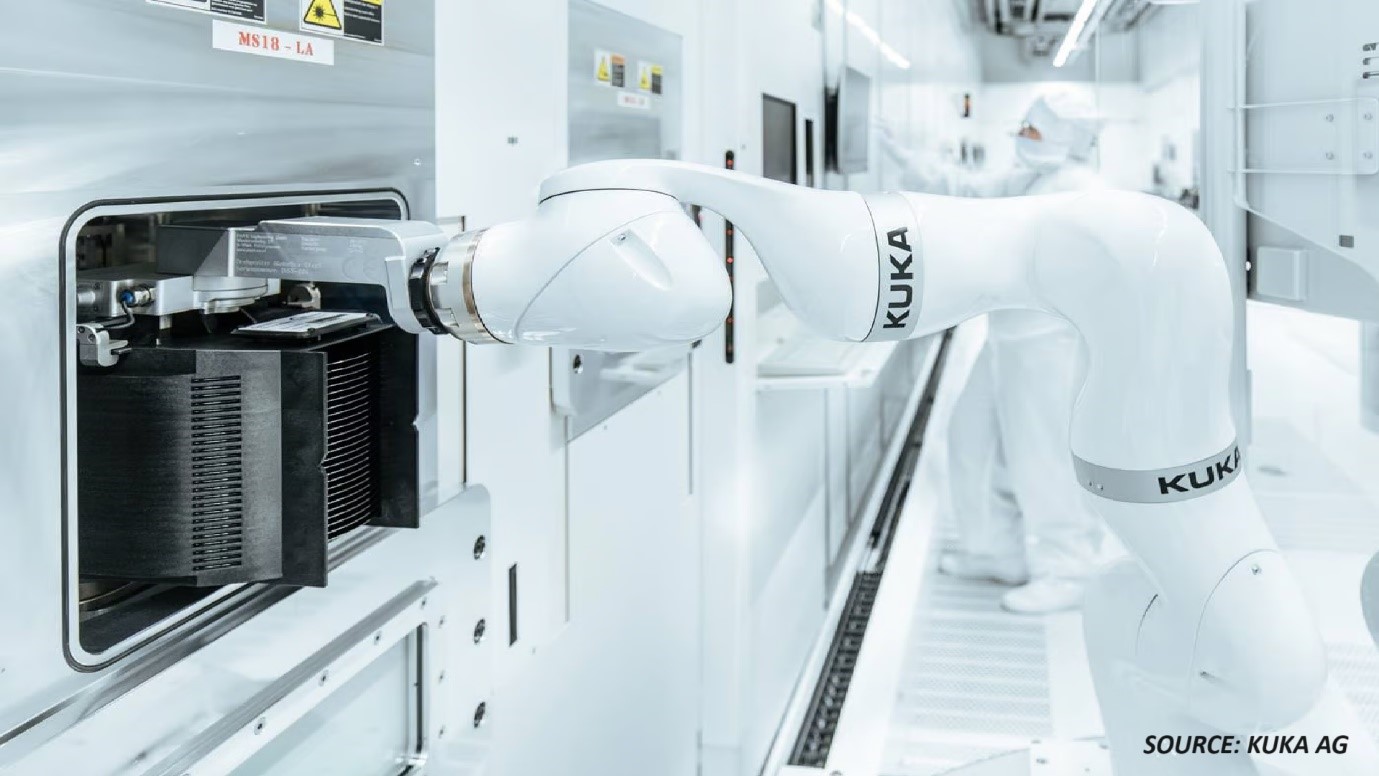Exploring the Remarkable Evolution of Wireless EV Charging Technology
17-Sep-2024

Introduction
The automotive industry is undergoing a transformation with the rapid evolution of electric vehicles (EVs). As the world embraces cleaner and more sustainable transportation solutions, wireless EV charging technology has emerged as a game-changer. This blog delves into the dynamic evolution of wireless EV charging, from its early developments to cutting-edge innovations, and examines its potential to reshape the future of electric mobility.
The Early Days of Contactless Power Transfer:
The concept of wireless EV charging dates back to the early 20th century, with Nikola Tesla envisioning a world where vehicles can be powered without physical connections. However, technological advancements and the growing demand for sustainable transportation revitalized the pursuit of wireless EV charging solutions in recent years.
Magnetic Resonance and Inductive Coupling Pioneering the Way:
Magnetic resonance and inductive coupling have played pivotal roles in the evolution of wireless EV charging. These technologies enable efficient power transfer between a charging pad embedded in the ground and a receiver on the vehicle's undercarriage. This approach provides a convenient and seamless way to recharge EVs without plugging in, making charging as effortless as parking. The International Energy Agency (IEA) estimated that the global EV fleet could reach 280 million by 2040, further driving the demand for efficient charging solutions.
Dynamic Wireless Charging Powering EVs on the Move:
One of the most exciting advancements in wireless EV charging is dynamic charging, which enables vehicles to charge while in motion. This technology can potentially eliminate range anxiety and transform long-distance travel for EV owners. As EVs equipped with dynamic charging technology travel along electrified roadways, they can receive a continuous power supply. This, in turn, will extend their range and reduce the need for frequent charging stops.
Smart Grid Integration and Bidirectional Energy Flow:
Wireless EV charging represents a transformative advancement in the field of vehicular technology, extending beyond the mere task of powering vehicles. This innovative approach propels the mobility sector forward and ushers in a new era of energy dynamics through bidirectional energy exchange. EVs cease to be solely conveyances and transition into dynamic mobile energy reservoirs. They are poised to play a pivotal role in the energy landscape by facilitating the seamless transfer of surplus energy back into the power grid, particularly during the heightened demand. This groundbreaking paradigm, known as Vehicle-to-Grid (V2G) technology, embodies a vision that holds the potential to revolutionize the energy ecosystem.
By enabling the symbiotic relationship between EVs and the power grid, V2G technology emerges as a transformative concept that promises to optimize energy utilization, mitigate grid strain, and ultimately foster a harmonious synergy between transportation and energy sectors. This will advance us toward a more resilient and ecologically balanced future.
Leading the Charge: Industry Innovators
Key players in the automotive and technology sectors are driving the innovation in wireless EV charging. Companies such as Plugless and WiTricity are developing advanced wireless charging solutions for residential and commercial applications. For instance, in July 2023, WiTricity Corporation launched the FastTrack Integration Program to accelerate automakers' adoption of wireless EV charging technology. This program is designed to provide automakers with comprehensive support and tools to seamlessly integrate WiTricity's wireless EV charging solutions into their vehicle platforms. This will make wireless charging more accessible and convenient for electric vehicle owners than before.
Moreover, in May 2023, InductEV acquired four U.S. patents, representing significant advancements in wireless inductive charging methods and systems for EVs. By securing these patents, InductEV strengthens its intellectual property portfolio, allowing the continued development and deployment of cutting-edge wireless charging solutions. In addition, major automakers, including BMW and Mercedes-Benz, are investing in wireless charging technology to enhance the convenience and accessibility of EV charging.
Future Prospects
While wireless EV charging holds immense promise, challenges such as standardization, efficiency optimization, and infrastructure development must be addressed. As more EV models become compatible with wireless charging and charging efficiency improves, greater adoption of this technology is expected to be witnessed. The integration of wireless charging into urban environments, public transit systems, and commercial fleets can accelerate the transition to a cleaner and more sustainable transportation landscape.
Conclusion
The evolution of wireless EV charging technology is reshaping the future of electric mobility, offering a glimpse into a world where EVs are charged effortlessly, on the move, and seamlessly integrated with energy grids. Wireless EV charging has evolved from scientific imagination to cutting-edge solutions that are deployed today. This technology is expected to accelerate the global transition to cleaner transportation, curbing carbon emissions and revolutionizing vehicle power systems. With continuous innovations, the road ahead for wireless EV charging is expected to create ample opportunities in the automotive industry.
About the Author
 Shankar Nishant is a researcher at Next Move Strategy Consulting with a cumulative experience of more than four years. Shankar is enthusiastic about new technology, enjoys working with diverse global clients, and has delivered numerous market reports in multiple domains. He can be reached at info@nextmsc.com
Shankar Nishant is a researcher at Next Move Strategy Consulting with a cumulative experience of more than four years. Shankar is enthusiastic about new technology, enjoys working with diverse global clients, and has delivered numerous market reports in multiple domains. He can be reached at info@nextmsc.com
Add Comment
Related Blogs
India’s Growing EV Charging Infrastructure: A Detailed Look at Charge Point Operators in 2023
As India accelerates towards a sustainable and environmental...
Siemens, Emerson and Honeywell: Powerhouses in the Distributed I/O Market
The Global Distributed I/O Market, valued at USD 3.52 billio...
How Kawasaki and Daihen are Shaping the Future of Wafer Handling Robotics
The Wafer Handling Robots Market, estimated at USD 1.60 bill...










